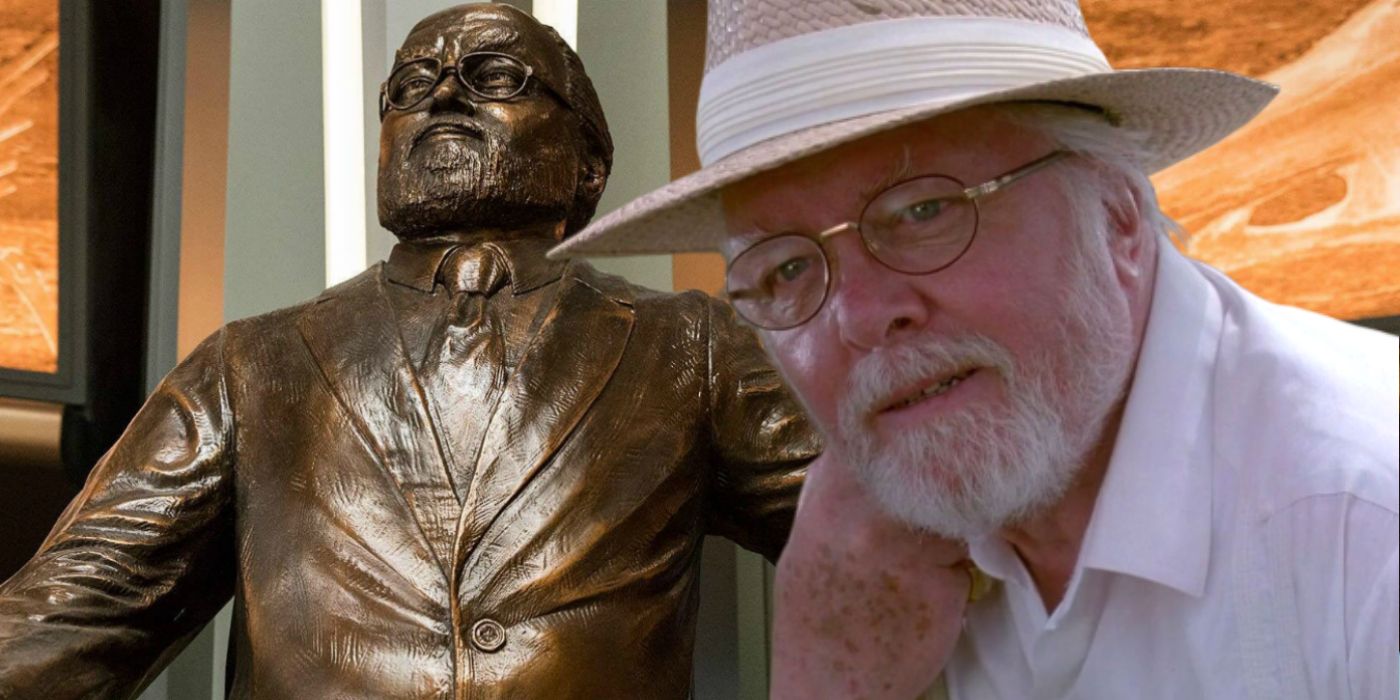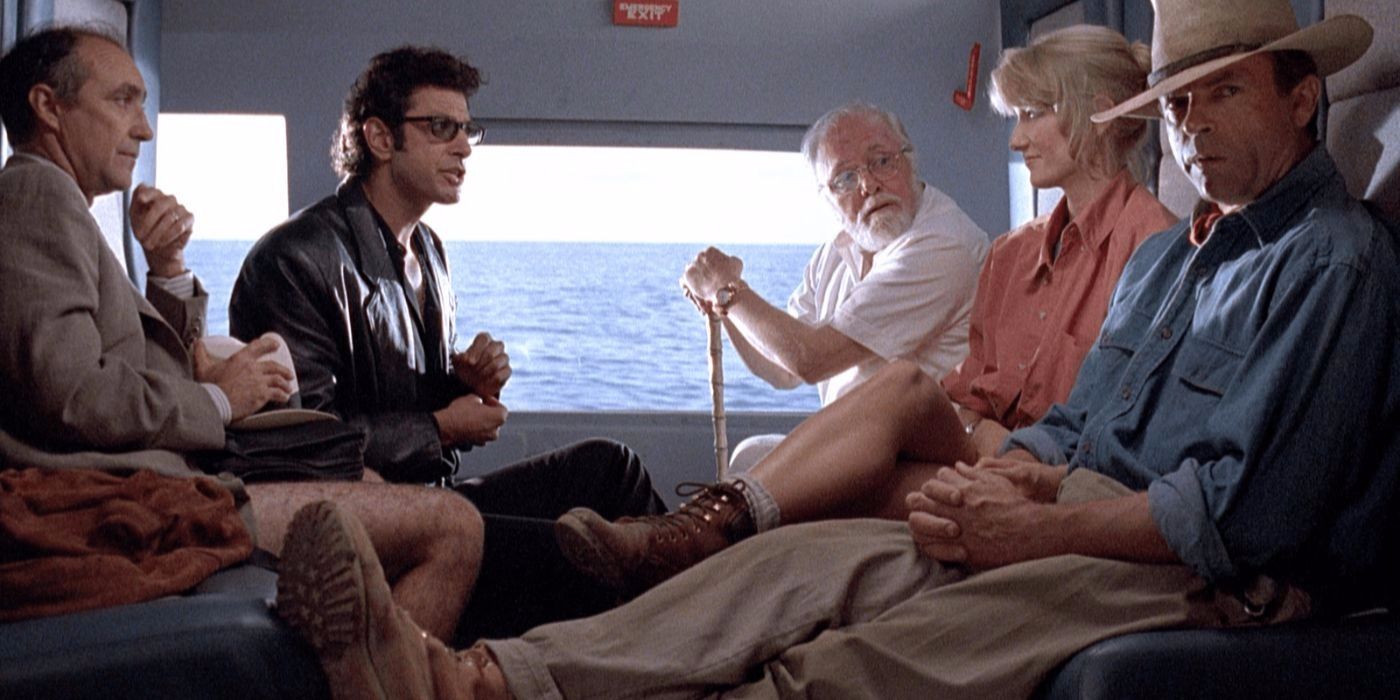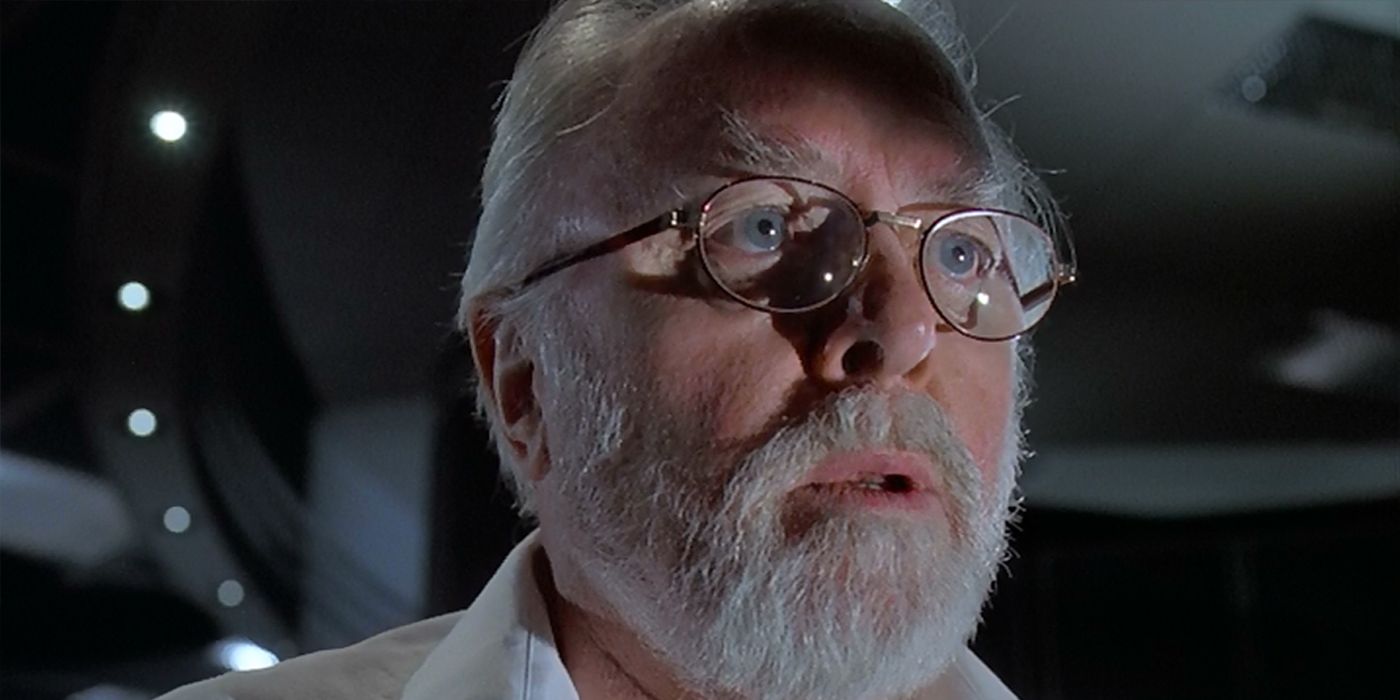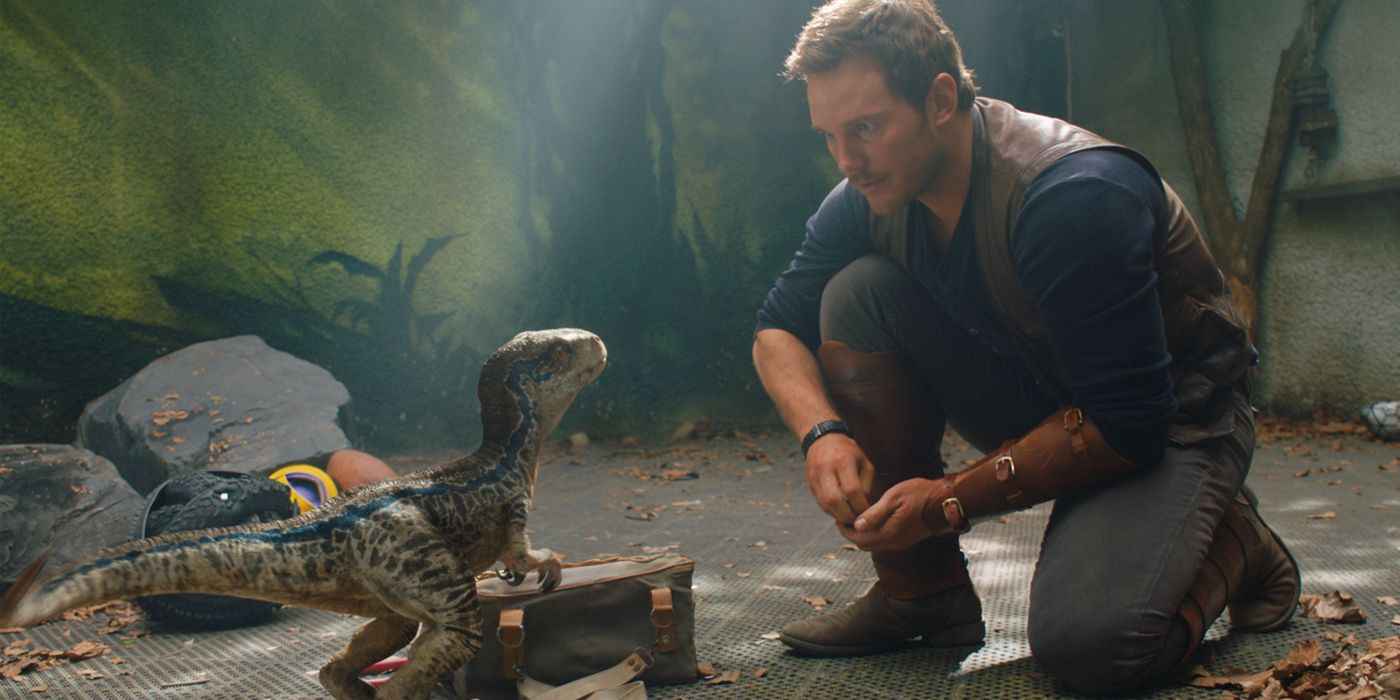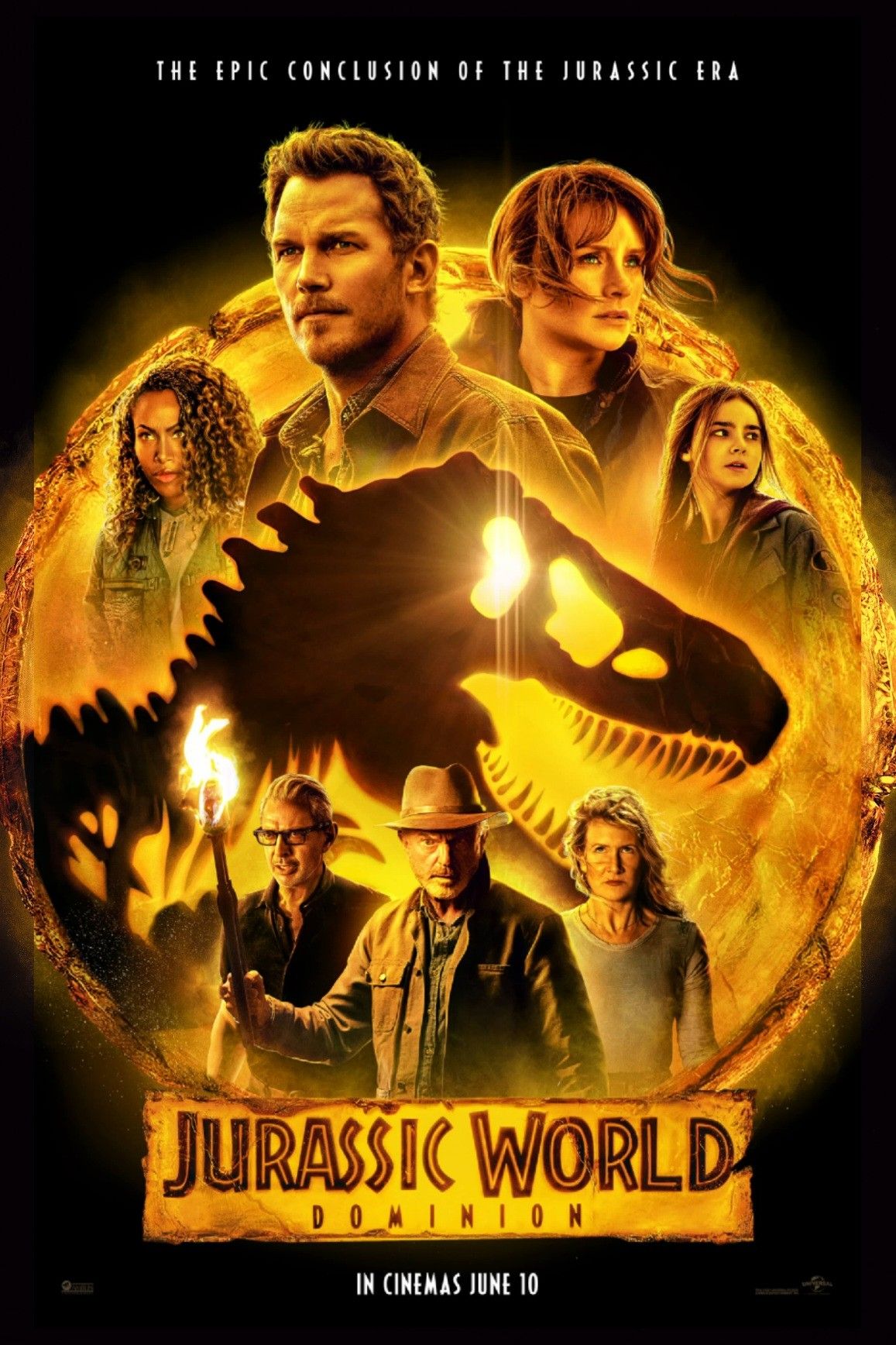The dinosaur theme park seen in 2015's Jurassic World was meant to continue to dream of John Hammond, but failed due to a misunderstanding of Hammond's Jurassic Park legacy on the part of its creators. Following a fourteen-year dry spell of genetically engineered dinosaurs on the big screen, the Jurassic Park franchise finally made its long-awaited return with Colin Trevorrow's Jurassic World. With the movie joining the billion-dollar club upon its release, Jurassic World solidified the triumphant return of the series to cinema screens, with a follow-up, Jurassic World: Fallen Kingdom, arriving in the summer of 2018, and the next installment of the series, Jurassic World: Dominion currently in production. Additionally, the next movie will also see the return of Sam Neill, Laura Dern, and Jeff Goldblum to the franchise, following the latter's cameo in Fallen Kingdom.
Jurassic World sees the park now fully operational with a thriving dinosaur population. However, newer experiments in creating man-made dinosaurs prove to be the modernized park's downfall, with history soon repeating itself and the park collapsing over the course of the film. Subsequent efforts to protect the dinosaurs left behind after the park's evacuation would later form the basis for the story of Fallen Kingdom.
In the end, it's a development that the personnel of Jurassic World should have seen coming. Putting aside Dr. Ian Malcom's chaos theory-based predictions of the park being unsustainable over the long term, the true folly comes in how badly those running Jurassic World misunderstood the complete legacy of the original founder of Jurassic Park, John Hammond. More than anything else, it would be this mistake that would lead to the park's demise.
Jurassic World Thought It Was Honoring John Hammond
A crucial point in understanding what led to the collapse of Jurassic World is just how much the people in charge of operating the park believed they were following in Hammond's footsteps. In contrast with the greedy corporate bean counter indifferent to human life that Michael Crichton's original novel presents him as, Richard Attenborough's portrayal of Hammond in the original Jurassic Park movie is one of a giddy showman eager to take visitors to the park on the adventure of a life time. Though it takes Hammond some time to fully accept that the park is a sadly failed experiment, he ends up putting aside his ambitions for the sake of getting the tourists on its initial test run off the island.
Unfortunately, the management of Jurassic World didn't pay attention to Hammond's evolution on the matter, believing that the park could be properly fortified to prevent future breakdowns. What's more, the creation of the Indominus Rex in an effort to boost declining visitor numbers shows that the makers of Jurassic World truly thought they could succeed where Hammond had failed, while attempting to play God to an even greater extent than he did. By the end of the movie, the folly of this thinking results in the park being left in ruins after the rampage of the Indominus Rex, which is only put to a stop by the combined efforts of the T-Rex and "Blue", the trained Velociraptor of Chris Pratt's Owen Grady. In the aftermath of Jurassic World's collapse, Bryce Dallas Howard's Claire Dearing arrives at the same conclusion of what should be done with the dinosaurs that Hammond himself had reached.
Hammond Wanted To Protect The Dinosaurs After Jurassic Park
In 1997's The Lost World: Jurassic Park (the merits of which are more visible when viewing the film in isolation from its predecessor), Hammond sought to use InGen's Site B as a sanctuary for the surviving dinosaurs in the aftermath of the Jurassic Park disaster. It would take the T-Rex's San Diego rampage in the movie's climax for InGen itself to get on the same page as Hammond and abandon their efforts to re-establish Jurassic Park in the city. In a televised interview at the end of the film, Hammond explains his new outlook on the fate of the dinosaurs, saying "These creatures require our absence to survive, not our help, and if we could only step aside and trust in nature, life will find a way."
With Hammond's change of mind on his grand ambitions, the new management of Hammond's operation would surely have been aware that he had realized the folly of his original thinking in establishing the park in the first place. Nevertheless, they chose to proceed with it anyway, believing that his was simply a flawed trial run rather than something that was always doomed to fail. However, if they had truly understood Hammond's perspective in its entirety, they would have taken another course of action.
What Jurassic World Should've Done Instead
With Hammond's new mindset in the aftermath of Jurassic Park's failure, the dinosaurs would be left to their own devices, with their built-in lysine deficiency preventing them from escaping their island home. With The Lost World establishing how the dinosaurs were able to survive without a human-provided supply of lysine, this also would allow the dinosaur population to flourish, without posing a threat to mankind's survival. Although the canonicity of the first two Jurassic Park sequels in relation to Jurassic World itself is somewhat debatable, this would nevertheless establish a basis for the dinosaurs to survive on their own, with Hammond himself having already laid out the perfect solution for the builders of Jurassic World to follow.
Simply put, Jurassic World should have been set up as a quarantined sanctuary for the dinosaurs, rather than a theme park. Doing so would not only have kept the world safe from being overrun by the dinosaurs, but would also have afforded the scientific community an incredible opportunity to study the dinosaur population under a highly controlled environment, with appropriate military support in place, and the strict understanding that the dinosaurs were never to be removed from their habitat. Fallen Kingdom shows Claire Dearing trying to do exactly that with the island's impending volcanic eruption, only for her plan to be hijacked in an effort to make a fortune from selling the dinosaurs. Jurassic World: Fallen Kingdom's ending has the dinosaurs roaming freely in the world of man (though the ending may not be quite as apocalyptic as the movie itself presents.)
While Claire arrived at the same conclusion that Hammond himself did about what should be done with the dinosaurs, it was a realization that would come too late. The idea of a dinosaur preserve isolated from mankind should have been the entire basis of Jurassic World itself, rather than an attempt to rebuild the park in the misguided belief that the mistakes of Hammond's first such effort could be avoided. With production underway for Jurassic World 3, and Colin Trevorrow's short film Jurassic World: Battle at Big Rock providing a glimpse at the ramifications of its predecessor's ending, the hope remains that the world will finally learn from the mistakes of Jurassic Park and Jurassic World and implement John Hammond's strategy for a harmonious co-existence between man and dinosaur once and for all.

